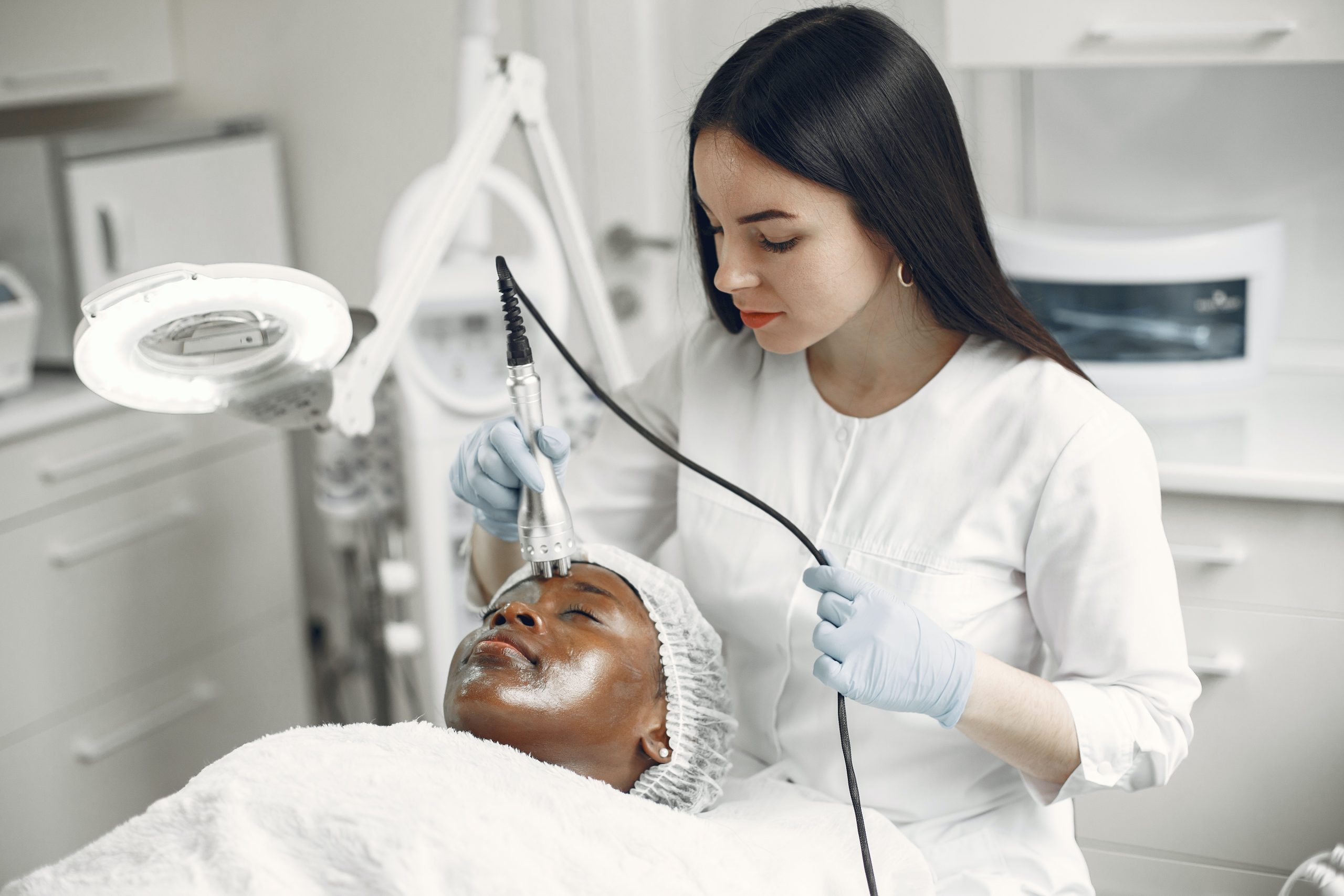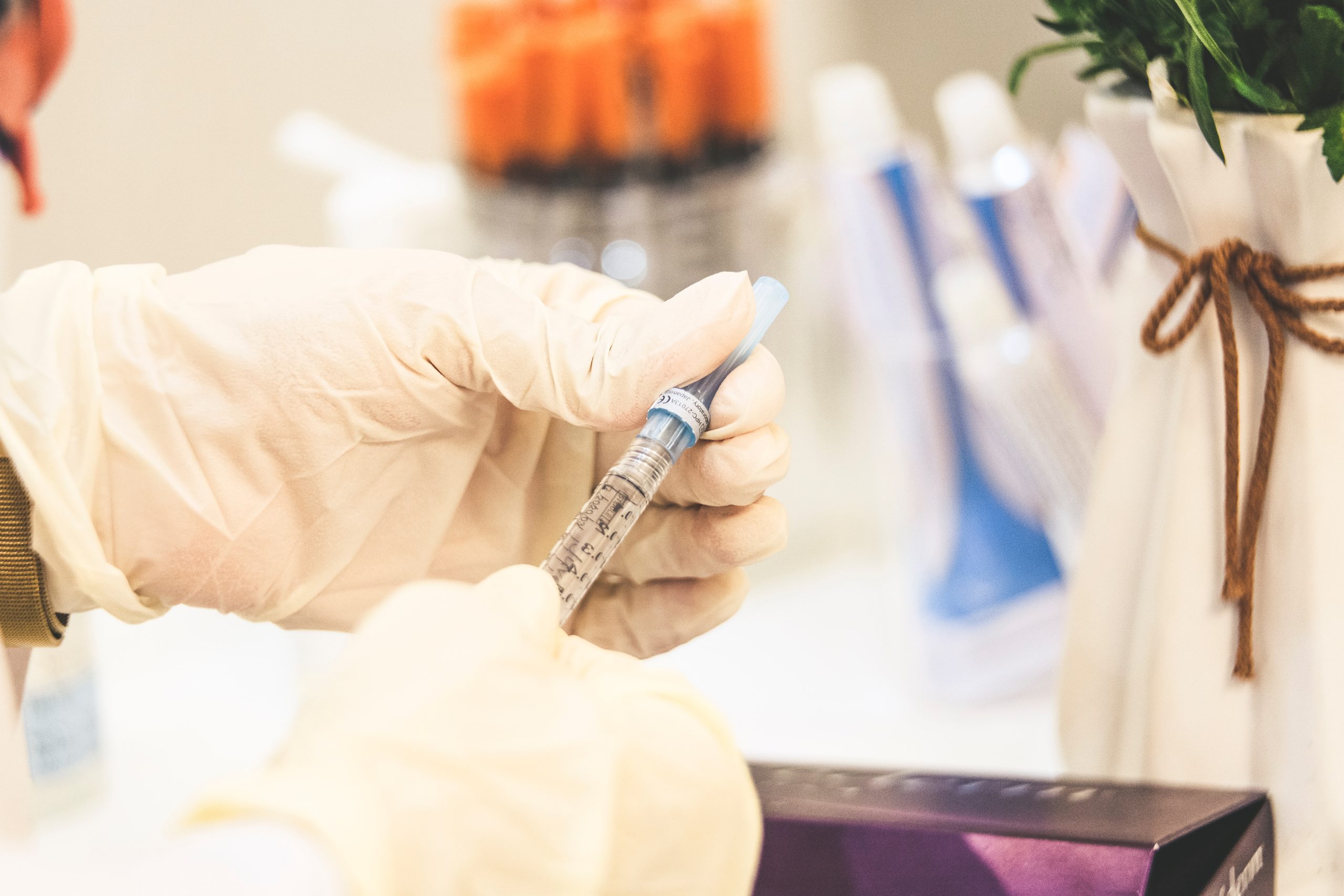Introduction
Acne scars can be a persistent reminder of past breakouts, affecting one’s self-esteem and confidence. Thankfully, advancements in dermatology have led to various effective treatments that can significantly reduce the appearance of acne scars. In this blog post, we will explore the top dermatologist-recommended treatments for acne scars, backed by scientific research and expert advice. Whether you’re dealing with mild or severe acne scars, these treatments offer promising results in achieving smoother, more even-toned skin.
Laser Therapy
Laser treatments are among the most popular and sought-after solutions for acne scars. Dermatologists often use different types of lasers, such as fractional lasers and ablative lasers, to target scar tissue and stimulate collagen production. This process helps to resurface the skin and gradually fade the appearance of scars. Laser therapy is versatile and can be customized to suit various scar types and skin tones.
Chemical Peels
Chemical peels involve the application of a chemical solution to the skin, which causes controlled exfoliation. This process helps remove the damaged outer layers of the skin, revealing fresher, smoother skin beneath. Chemical peels can improve the texture and pigmentation of acne scars, making them less noticeable over time. Dermatologists can adjust the strength and depth of the peel based on individual needs.
Chemical peels are a great way to treat acne scars. This treatment removes the top layer of skin and reveals new, smoother skin underneath. Chemical peels can be done at home or in a dermatologist’s office, depending on your preference and budget.
Chemical peels are safe and effective–and they don’t require any downtime! You’ll simply have redness for a few days after receiving your treatment, but this will go away within 24 hours or so as your body heals itself naturally (no scarring!).
Microneedling

Microneedling, also known as collagen induction therapy, is a minimally invasive procedure where fine needles create tiny punctures in the skin’s surface. This controlled injury prompts the skin to produce new collagen and elastin, which aids in healing acne scars and improving overall skin texture. Dermatologists may combine microneedling with the application of topical serums or platelet-rich plasma (PRP) for enhanced results.
Microneedling can be performed at home with a derma roller or by a dermatologist in their office using an electric device called a pen (also known as microdermabrasion). The procedure may take 30 minutes or up to an hour depending on how much time you have available and how many areas you want treated at once (if any). For instance, if there is only one scar area but several smaller ones throughout your face then it would make sense to focus just on those spots rather than trying to treat everything at once since doing so would require multiple sessions anyway!
After undergoing microneedling treatment at home or during an appointment with Dr., De La Torre , there aren’t any restrictions on what activities can be resumed immediately after treatment has been completed; however we recommend keeping makeup off until 24 hours post-procedure so as not interfere with healing process.”
Dermal Fillers
Dermal fillers are injectable substances that can temporarily plump up depressed acne scars, such as rolling scars and boxcar scars. Common fillers include hyaluronic acid, collagen, and polymethylmethacrylate (PMMA). Dermatologists carefully inject the filler into the scar to lift and smooth the skin, creating a more even surface.
Subcision
Subcision is a surgical procedure performed by dermatologists to treat deep, tethered scars caused by acne. During the procedure, a needle is inserted under the scar tissue to break up the fibrous bands that pull the scar downward. This allows the skin to lift and create a smoother appearance.
Radiofrequency Microneedling
Radiofrequency microneedling combines traditional microneedling with radiofrequency energy. The tiny needles deliver the heat energy into the deeper layers of the skin, stimulating collagen production and remodeling. This treatment is effective for reducing the appearance of acne scars while also tightening the skin.
Platelet-Rich Plasma (PRP) Therapy
PRP therapy involves drawing a small amount of the patient’s blood, spinning it in a centrifuge to concentrate platelets, and then injecting the platelet-rich plasma into the scars. PRP contains growth factors that promote tissue repair and regeneration, accelerating the healing process and improving the appearance of scars.
There are many options for treating acne scarring, ranging from light treatments to prescription medication

There are many options for treating acne scarring, ranging from light treatments to prescription medication. Some of these treatments are more invasive than others and some are more effective than others. Some of the options can be expensive, but they’re well worth it if you want to get rid of your scars.
The most commonly used treatment is laser resurfacing or photorejuvenation, which uses a machine that emits intense pulses of light energy onto your skin’s surface in order to remove damaged tissue and promote healing by stimulating collagen production beneath the surface layer (the epidermis). It’s an effective procedure but may cause redness, swelling or discomfort during recovery time depending on how much skin was treated by lasers at once–usually anywhere between three days up until two weeks depending on how long it takes each individual patient’s body chemistry before returning back towards normalcy again after undergoing such procedures.”
Conclusion
When it comes to treating acne scars, dermatologist-recommended treatments offer effective and scientifically proven solutions. Depending on the type and severity of acne scars, laser therapy, chemical peels, microneedling, dermal fillers, subcision, radiofrequency microneedling, and PRP therapy can all play a vital role in achieving smoother, more radiant skin. Consultation with a qualified dermatologist is essential to determine the most suitable treatment plan based on individual skin type and scar characteristics. With the right approach and professional guidance, you can regain confidence and embrace clearer skin.
